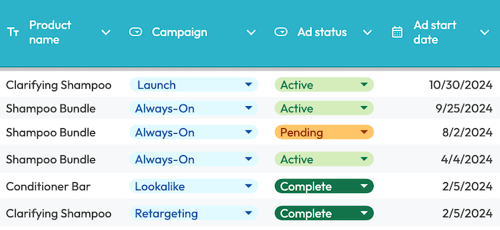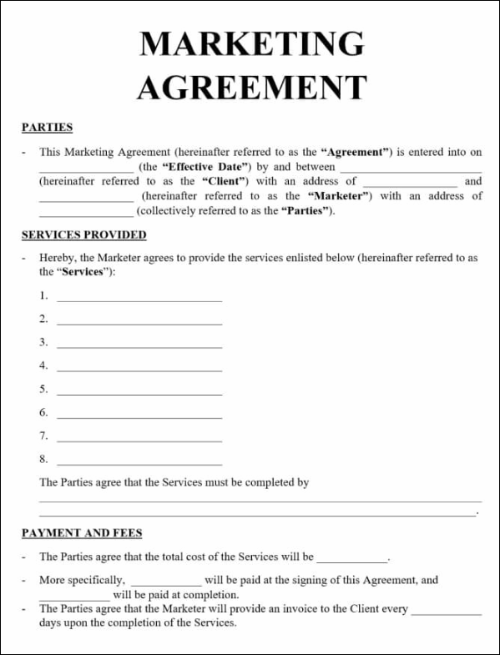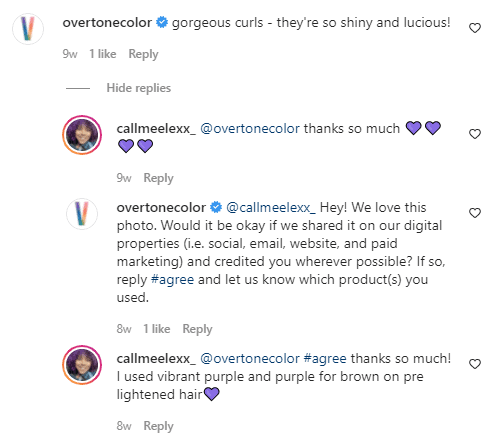
The importance of creator licensing often gets swept under the rug.
The more brands repurpose influencer and user-generated content across marketing channels, the more usage rights and content rights management matter.
Let’s quickly clarify a couple of definitions so we’re on the same page here:
- Content rights management refers to the process of obtaining and managing the usage rights of content and UGC from influencers.
- Creator licensing refers to how influencers grant content usage rights to brands.
This post digs into the most common questions we get about both. This FAQ ultimately highlights what brands need to know about influencer content rights and obtaining them faster.
Pssst! if you haven't already, grab our UGC spreadsheet for managing creator usage rights!

What Are Influencer Content Rights, Anyway?
“Okay, so who owns the content of an influencer?”
This is a big question we get from brands and creators alike. It’s a good one, too!
Because many brands assume they “own” a piece of content when they’re tagged in it on TikTok or Instagram.
Let’s be clear: influencers own their content until they’ve opted into an agreement and/or explicitly grant permission to brands to promote it.
And so when we talk about influencer content rights, we’re referring to:
- Intellectual property rights. Again, influencers are the sole owners of the content they create until stated otherwise via written and explicit consent.
- Licensing and content usage rights. “Usage” refers to where brands can use a creator's content (for example, in ads). This also covers the period of time it takes before content rights expire, plus details such as exclusive versus non-exclusive rights.
These rules likewise apply to user-generated content and fall under the umbrella of UGC rights management. For reference, it's common for creators to grant ad authorization rights in 30, 60 or 90-day periods. Here's an example of tracking usage rights in a spreadsheet:

When Do Influencer Content Usage Rights Matter?
The short answer? All the time.
Here’s a quick rundown of scenarios where having influencer content rights is critical:
Sure, getting creators to post on behalf of your brand requires serious time and effort.
But you can’t gloss over content right management because you were “busy.” Promoting influencer content without proper permission could land you in legal trouble.
Besides, going behind influencers’ backs to leverage their content is also a bad look. Creators should be compensated fairly for their time and effort.
Here’s the good news: brands and creators alike have multiple options when it comes to getting or granting authorization to promote a piece of content without having to wait.
And that’s exactly where creator licensing comes into play.
What is Creator Licensing?
Creator licensing refers to the method that influencers use to grant content usage rights to brands that promote their content.
Licensing details are typically defined in an influencer agreement. With authorization from a creator in writing, brands get the green light to promote their content as agreed upon.
Below is a sample influencer usage rights contract, for reference:

Source: Signaturely
Keep in mind that creator licensing is not one-size-fits-all. There are multiple ways brands can request and obtain influencer usage rights beyond contracts. This includes:
- Directly asking for permission to collect creator content through outreach emails, social comments or DMs. If you want to take organic influencer content and make it in an ad you need to get explicit authorization from the copyright holder (AKA the creator) in writing.
- Influencer whitelisting (AKA allowlisting). This involves using branded content tools on TikTok and Instagram to authorize the use of content for advertising purposes.
- Obtaining advertising permissions through an influencer marketing platform. For example, Statusphere creators grant content rights when they’re accepted into our vetted network of influencers. This gives our brands instant access to licensed posts to run as ads across multiple social channels with confidence.
Why Should Brands Prioritize Influencer Content Rights Management?
Getting authorization to use creator content shouldn’t be treated as an afterthought.
Without a process or platform, content rights management to can be messy. Especially if you’re working with a high volume of creators or plan on running influencer ads at scale.
For starters, asking for influencer content usage rights manually is a massive time sink. The more creators you work with, the more time you’ll spend chasing permissions and emails.
Likewise, consider how streamlining the process can actually benefit your brand as you:
- Build positive relationships with your influencers. Being upfront and honest with creators regarding how you plan to use their content is more than just a courtesy. Influencer partnerships should feel like partnerships, not one-sided deals. Also, consider that cooperation between you and your influencers is required to allowlist ads on TikTok and Instagram. Having a good rapport with your creators makes that process more seamless.
- Ensure fair compensation for your influencers. To say that influencers’ content is valuable would be an understatement. We’ve seen firsthand how creator-based ads see much higher engagement than non-creator ads across social media. As a result, many creators charge more for exclusivity and usage rights to run their content ad ads. Brands should accept that expectation, not try to subvert it.
- Avoid legal headaches. This is the big one! The FTC has explicit guidelines regarding intellectual property, endorsements and influencers. Failing to credit or get permission from influencers is one of the most common legal issues facing brands that work with creators. You can avoid these snags simply by asking.
The takeaway? Brands should never use an influencer’s content without explicit permission.
That’s why we recommend not only having an explicit influencer contract but also working with vetted creators who already understand all of these best practices. Ticking these boxes will help you avoid legal issues and likewise encourage the best possible content for your brand.
How Should Brands Request Influencer Usage Rights?
There is no “right” answer here. Some methods require more legwork than others.
To wrap things up, here are some options for obtaining influencer usage rights:
- Building content rights into your influencer contract. This is ideal for brands that work with just a few creators. A handful of influencers means a handful of usage rights contracts to keep track of.
- Asking for usage rights directly. Like the approach above, asking directly can be time-consuming if you’re reaching out to a high volume of influencers.

- Using branded content tools. This is a great option if you have a good rapport with creators. For example, this is what authorization for advertising permission looks like for grand usage rights to an ad via Instagram.

- Managing creators in a platform with built-in content rights. This option is ideal for brands working with a high volume of influencers as it eliminates the need to communicate or negotiate with every individual influencer. In the case of Statusphere, creators opt to provide our brands with content usage rights from the word “go.”

We also enable brands to request influencer usage rights for TikTok Spark Ads in just two clicks. Having these rights secured and being able to see all of your influencer content in one place makes it easier to understand which creatives you want to promote and run as ads.
How to Automate Influencer Content Rights Management and Creator Licensing
The sooner you streamline the process of obtaining influencer usage rights, the faster you can maximize the ROI out of your content.
That said, we understand how much of a bottleneck content rights management can be if you aren’t automating the process.
And if you need licensed posts from influencers at scale, Statusphere can help.
Our micro-influencer marketing software matches brands with vetted creators from our influencer network using 250+ unique, first-party data points.
Again, our creators grant content usage rights as soon as they’re accepted into our network. That means you can reuse and repurpose content ASAP. We’ve already generated 75,000+ pieces of content on behalf of 400 consumer brands.
Want to learn more about our platform? Contact one of our experts to see how we can help you earn guaranteed, rights-ready influencer content at scale.
Disclaimer: We're influencer marketing specialists, not lawyers ourselves! This content is not legal advice and you should definitely consult a legal professional based on your needs and questions. We do not make any guarantees as to the accuracy or completeness of this information and take no liability or legal obligations for your use of this information.
This article was first published in August 2023. It was last updated July 5, 2024.
